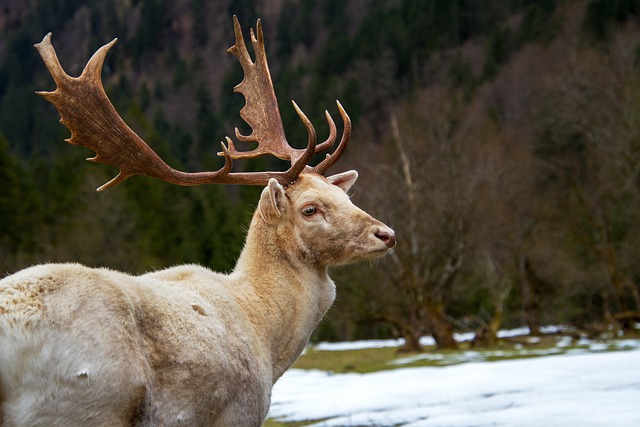Identifying animal tracks in your Centennial yard is crucial for safe feces cleanup and control. Learn about local species' footprints to determine size, weight, and gait. Prioritize safety with appropriate gear, good lighting, and keeping pets/children indoors during cleanup. Dispose of feces properly by double-bagging and sealing them for professional removal.
Keeping your Centennial yard free from wildlife feces is crucial for both public health and environmental safety. This article guides you through understanding various types of animal feces, identifying specific tracks often found in Centennial yards, and implementing safe cleanup practices. Learn about potential hazards associated with different animal droppings and discover effective strategies to protect yourself and your space while ensuring a clean and healthy environment.
- Understanding Animal Feces: Types and Potential Hazards
- Identifying Tracks: A Guide for Centennial Residents
- Safe Cleanup Practices: Protecting Yourself and Your Yard
Understanding Animal Feces: Types and Potential Hazards

Wildlife is a beautiful part of nature, but their presence in urban areas can pose challenges, especially when it comes to feces cleanup. Understanding animal feces is crucial for effective wildlife control and maintaining a safe environment. Feces from different animals vary significantly in appearance, consistency, and potential hazards they may carry.
For homeowners, identifying animal tracks in their Centennial yard can be the first step towards understanding the wildlife visitors. For instance, rabbit droppings are typically small, round, and granular, while larger, cylindrical feces might indicate squirrel presence. Knowing these visual cues helps in not only recognizing the animals but also preparing for potential cleanup and control measures. Certain animal feces may carry parasites or diseases that can affect humans and pets, emphasizing the need for proper handling and professional assistance when necessary.
Identifying Tracks: A Guide for Centennial Residents

Identifying animal tracks in your Centennial yard is an essential first step in effective wildlife control and feces cleanup. Residents should familiarize themselves with common local species to better recognize footprints left behind by squirrels, raccoons, skunks, or other animals. Examining the size, shape, and pattern of tracks can provide valuable clues about the creature’s size, weight, and gait. Additionally, looking for claw marks or distinctive patterns like those made by a deer’s hooves can aid in precise identification.
A helpful guide for Centennial residents involves learning to recognize the unique characteristics of each animal’s track. Local parks or wildlife organizations often offer resources and workshops on this topic. By understanding what to look for, homeowners can more effectively monitor their properties, ensure the safety of their pets, and take proactive measures to minimize unwanted wildlife interactions.
Safe Cleanup Practices: Protecting Yourself and Your Yard

When it comes to wildlife control feces cleanup, safety should always be your top priority. Before you begin any cleanup efforts, understanding how to identify animal tracks in your Centennial yard is crucial. By recognizing signs of presence, you can better assess the potential risks and take appropriate measures. Look for paw prints, droppings (which vary in size and shape depending on the species), and any other visible indications of wildlife activity.
To protect yourself during cleanup, wear gloves, long sleeves, and pants. Use a face mask if possible, especially when handling large amounts of feces, as some animals can carry diseases. Ensure your yard is well-lit before beginning the process to avoid unexpected encounters. Additionally, keep pets and children indoors or supervised to minimize exposure to potential hazards. Proper disposal methods are also essential; double-bag the waste and place it in a sealed container for professional removal.
When dealing with wildlife feces cleanup, understanding the potential hazards and implementing safe practices are paramount. By identifying animal tracks in your Centennial yard, you can not only protect your property but also contribute to a healthier ecosystem. Remember, proper cleanup protocols ensure the safety of your family and pets while minimizing environmental impact. Stay informed, stay vigilant, and take proactive steps to manage wildlife interactions responsibly.
